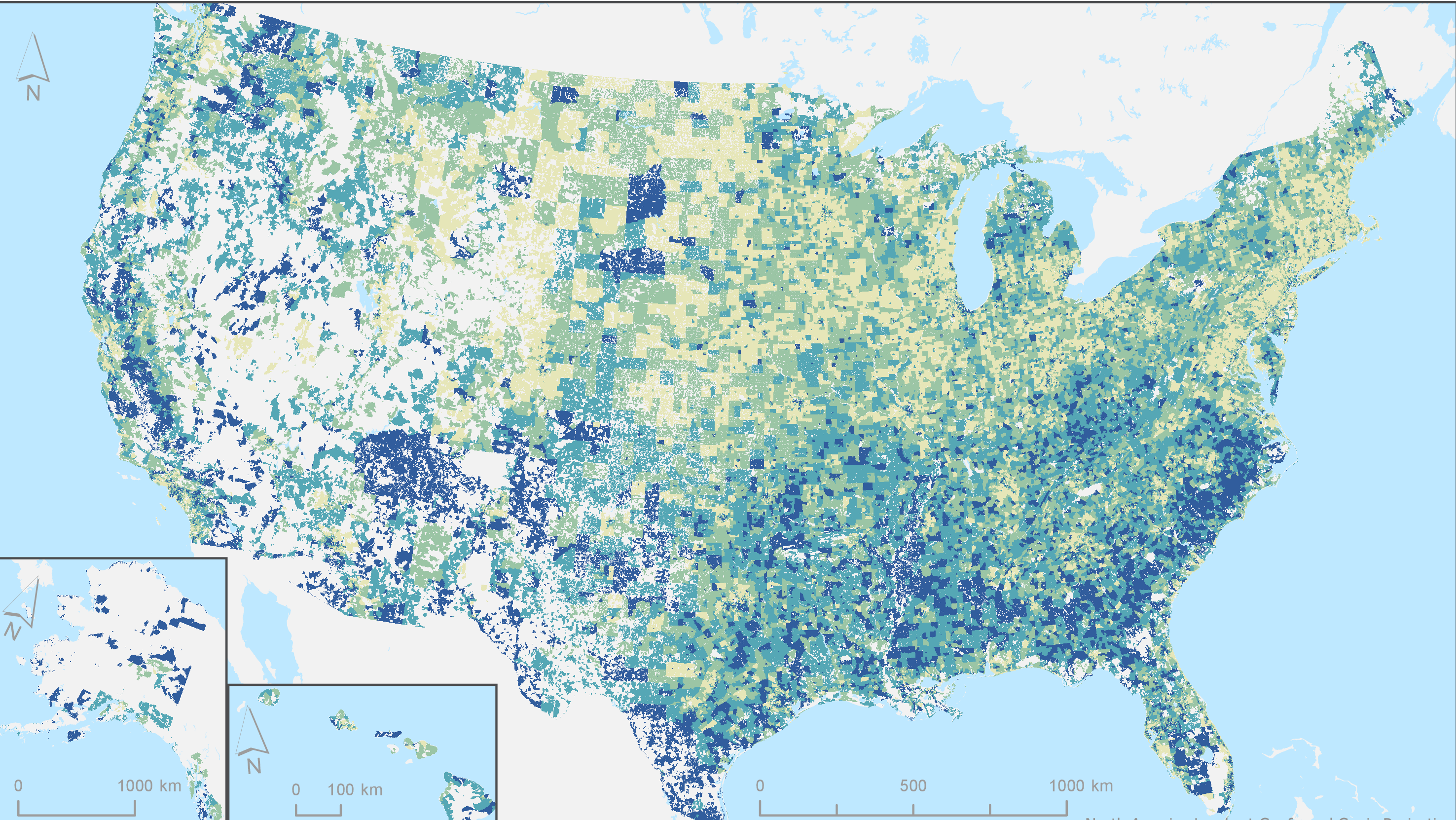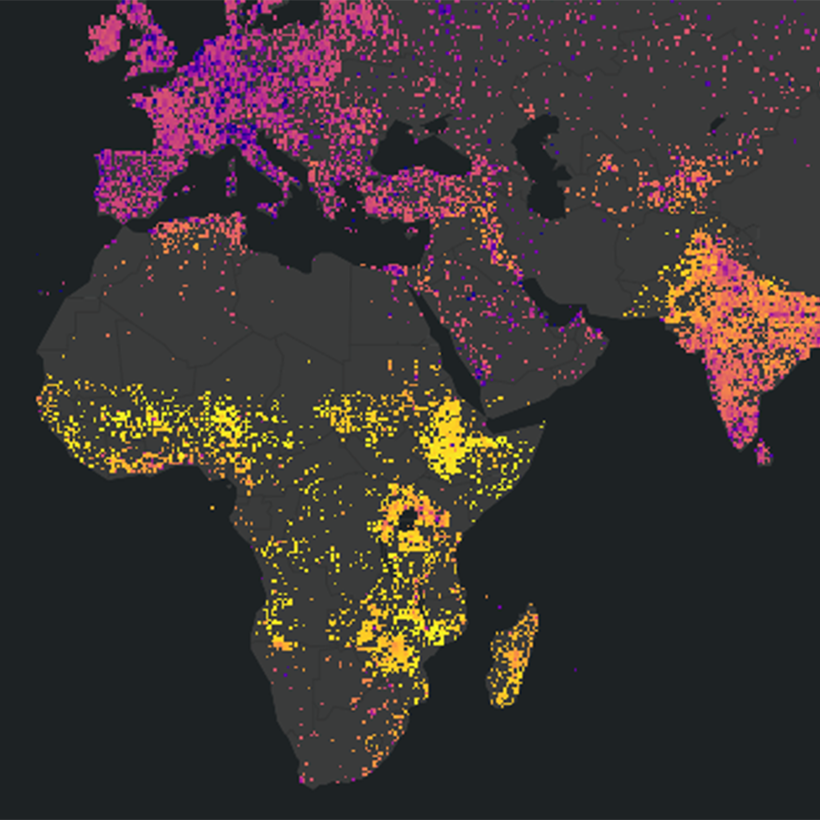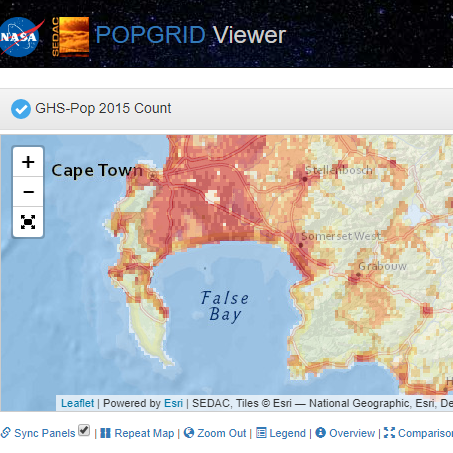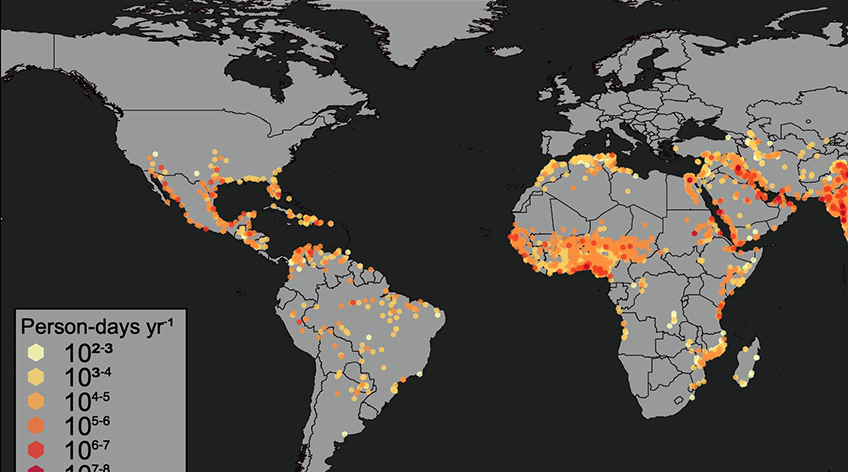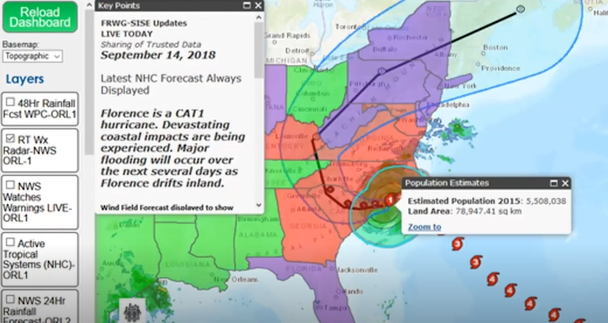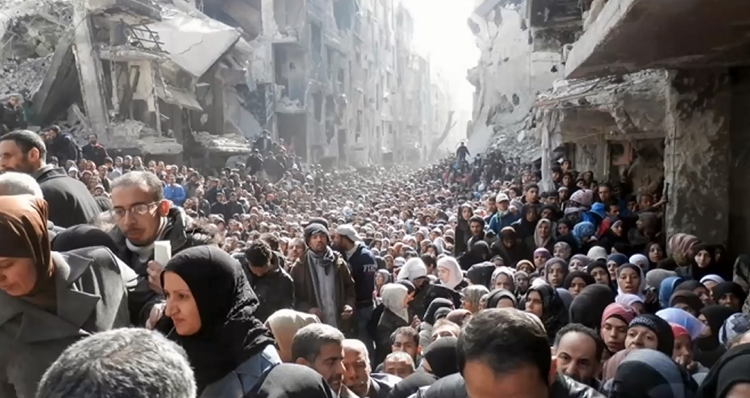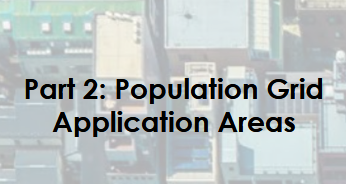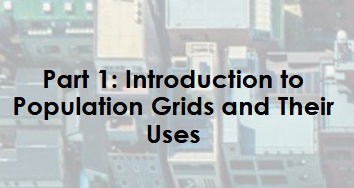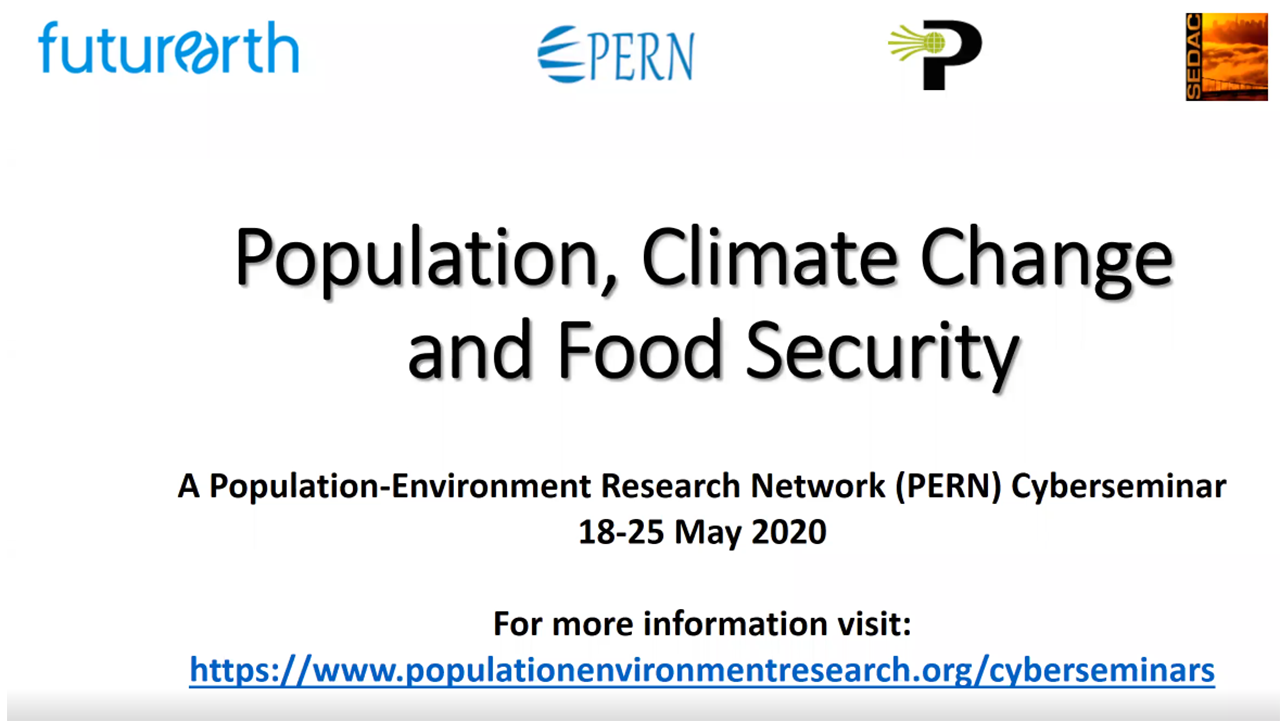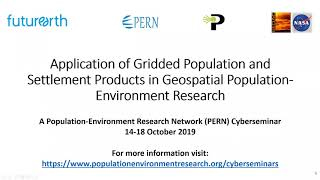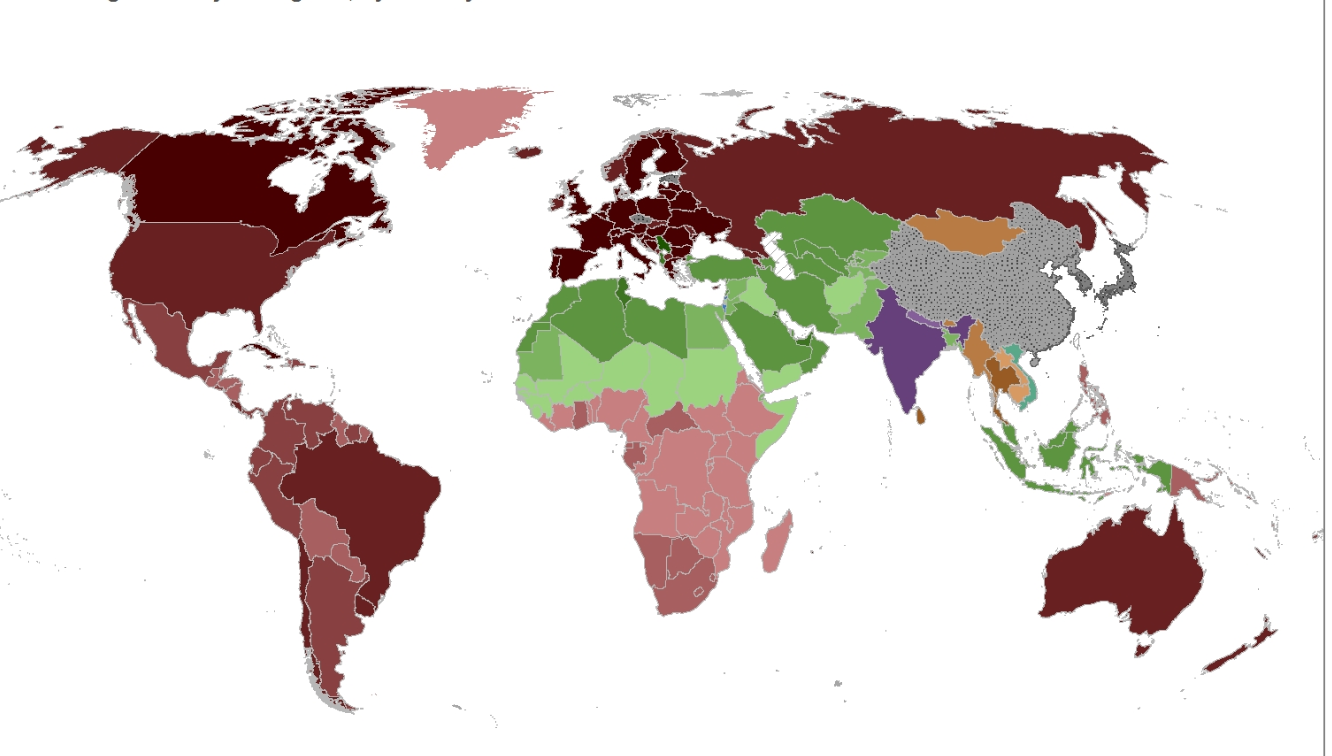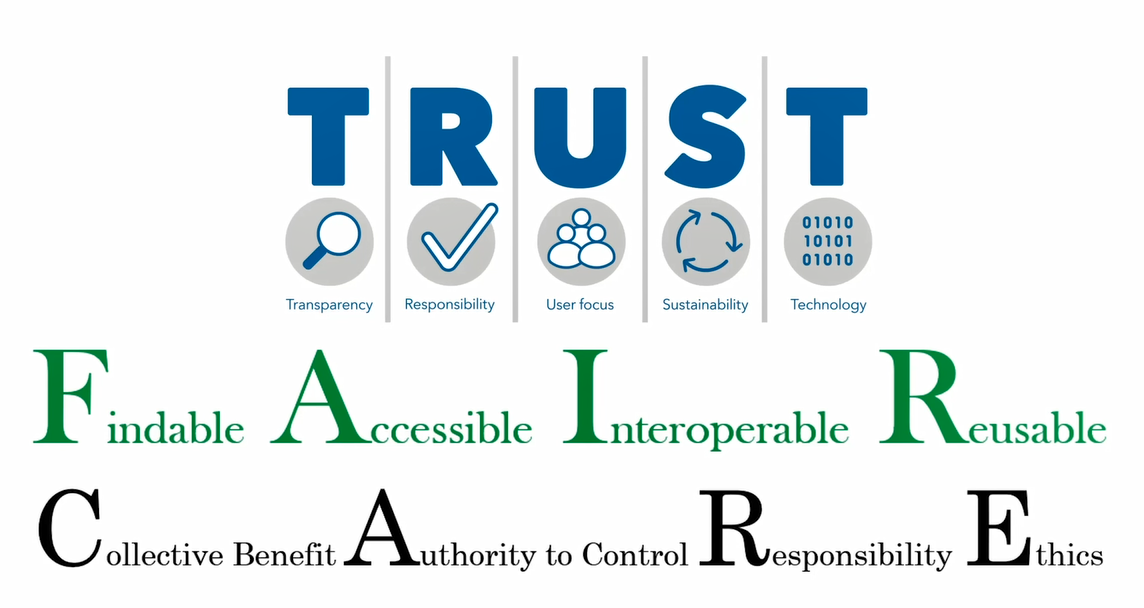
Session two of a three-part training program on data stewardship and the CoreTrustSeal Requirements May 5, 12, and 26, 2021, was held to introduce participants to data stewardship principles and instruments for identifying opportunities that data facilities can employ to improve their data stewardship practices. The training was coordinated by AFRIGIST with instruction led by Robert Downs, senior digital archivist at CIESIN, The Earth Institute, Columbia University. Session two May 12: Opening and Introduction to the CoreTrustSeal Certification requirements; Data Stewardship Concepts, Principles, and Certification Instruments; CoreTrustSeal Requirements R0, R1, R3, R5, and R6; CoreTrustSeal Requirements R2 and R4; Assignment: Describe How Data Repository Meets CoreTrustSeal Requirements R1, R2, R5, and R6.
Session two: Review and Discussion of Session 1; Review of Selected Examples of Completed Assignments for R1, R2, R5, and R6; CoreTrustSeal Requirements R7, R8, R9 and R10; CoreTrustSeal Requirements R11, R12, R13, and R14; Assignment: Describe How Data Repository Meets CoreTrustSeal Requirements R8, R11, R12, and R13.

